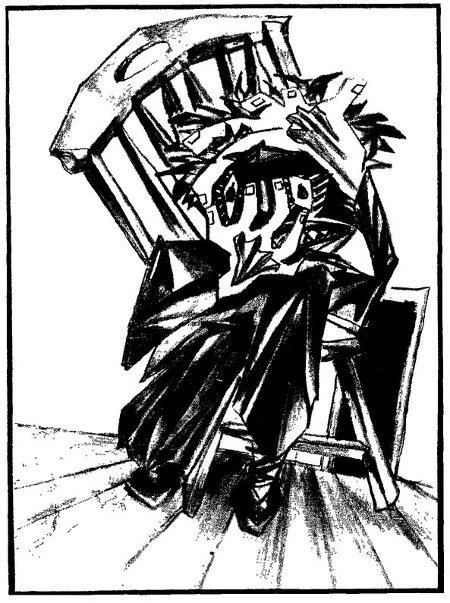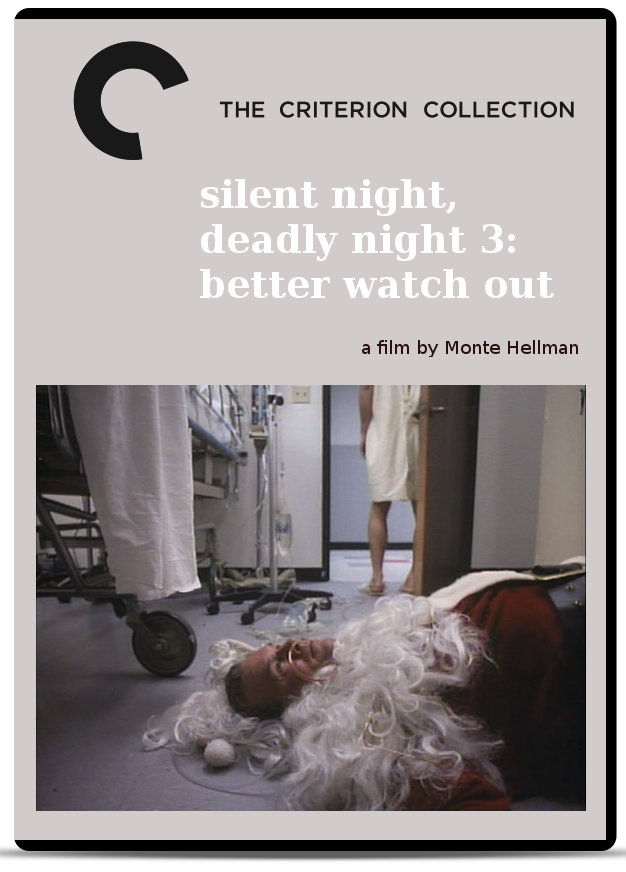"Collective Rendering" [mp3 removed -- please listen on Bandcamp]
Song made with the Waveform digital audio workstation (a proprietary DAW from Tracktion software that happily works well on a Linux PC).
Many of the sounds emanate from the Collective softsynth bundled with the DAW -- a combination synth and sampler.
The beats are two 808 kits playing in Waveform's "sampler rack" plugins (five samplers, each playing a single beat, so that's ten samplers in all playing 808 hits).
Additional sounds come from sequences played on a Eurorack modular synth, recorded in Waveform, and EQ'd.




